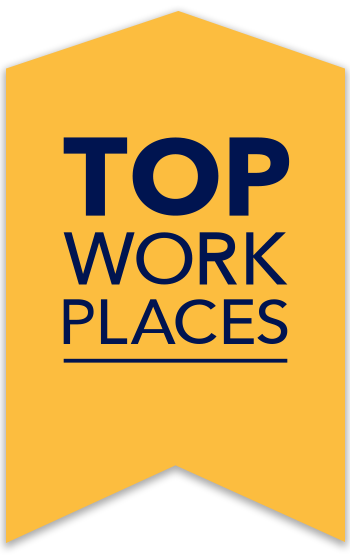Employers are looking to put more butts into office seats in 2023, reflecting the push and pull over working conditions in a post-COVID business environment. Starbucks has told corporate employees to return to the office three days a week. Disney, Apple, and Tesla are among others that have implemented policies to get workers back in the office.
Read more: Improving Employee Survey Insights
A return-to-office might not be all bad
The return-to-office approach will likely be an issue at large companies, which invest a lot in physical locations. Smaller companies might be more flexible. Regardless of size, employers will likely curtail some freedoms workers gained during the pandemic. But the change might not be bad — maybe even necessary — especially considering “not everyone prefers to work remotely,” said Kinsey Smith, senior data analyst at Energage.Leaders hope to regain workplace culture
For leaders, it comes down to boosting productivity and building culture. Some leaders feel that without people working in the office, elements of the workplace culture will suffer. They hope to improve culture, collaboration, and employee engagement. Changes will vary depending on industry. Hospitality and healthcare workers, for example, are already more likely to work on site. IT workers might enjoy continued flexibility.Research shows leaders prefer to be in the office
The debate is about how to manage. Top Workplaces research shows senior leaders prefer the in-office environment compared with rank-and-file workers. Leaders are more likely to say, “If it works for me, it should work for you.” They go with what they know. The risk for companies is losing workers who might bolt if they feel job requirements no longer suit their personal needs, which is a primary reason why employees leave. Long commutes and lost comforts of remote work might prompt people to flee. Decisions for workers might become more difficult if the economy sours and job opportunities wither. Read more: Leadership and Their Impact on Organizational CultureSmart companies recognize there isn’t a one-size-fits-all approach
“If we want to meet people where they are, there is no one-size-fits-all answer,” said Lisa Black, director of data science for Energage. “Workers need to adapt, and managers need to adapt.” Smart companies will survey employees to understand employee preferences and monitor whether policies work. Key factors to watch include:- Employee engagement: Are employees showing discretionary effort?
- Cooperation: How are people and departments getting along?
- Communication: Does everyone feel they are in the know?
- Meetings: Are organizations making effective use of meeting time?
- Inclusion: Do people feel like they are included in key decisions?
- Listening: Are ideas being heard?
- Meaningfulness: Do people feel like their work is important?
Read more: Improving Employee Survey Insights
Whether employees stay or leave comes down to this
Whether employees stay or leave will likely come down to factors that have mattered for ages: whether people feel valued, appreciated, and included. And whether they have faith in leadership and the direction of the organization. In the post-COVID workforce, nothing is “normal” anymore. Companies don’t have to make the same choices for everyone. Companies also might be wise to focus on outcomes rather than circumstances. So what does “good” mean? For starters, are workers meeting goals? “Companies are struggling now knowing where employees are most productive,” said Greg Barnett, chief people scientist at Energage. No matter what, people might express frustration with change or the lack of change.There is room for a return-to-office middle ground
Organizations should consider what employees value with remote work, and incorporate those things in the office, Smith said. For example, maybe it’s a relaxed dress code or more flexible working hours. Over time, leaders need to think about the “why” behind their decisions, how to message changes, and how to manage them. “Companies make business decisions all the time that employees are not going to love,” Black said. “The question comes down to ‘Why are you making the decisions you make?’ “ Execution will be the difference between strengthening the business and watching people walk out the door. “Companies need to figure that out,” Black said.Top Workplaces offers credible, year-round employer recognition based solely on employee feedback captured by a research-backed employee engagement survey. Participate to find out what matters most to your employees and earn valuable awards as an employer of choice.

